Rethinking the Everyday: Material Non Material
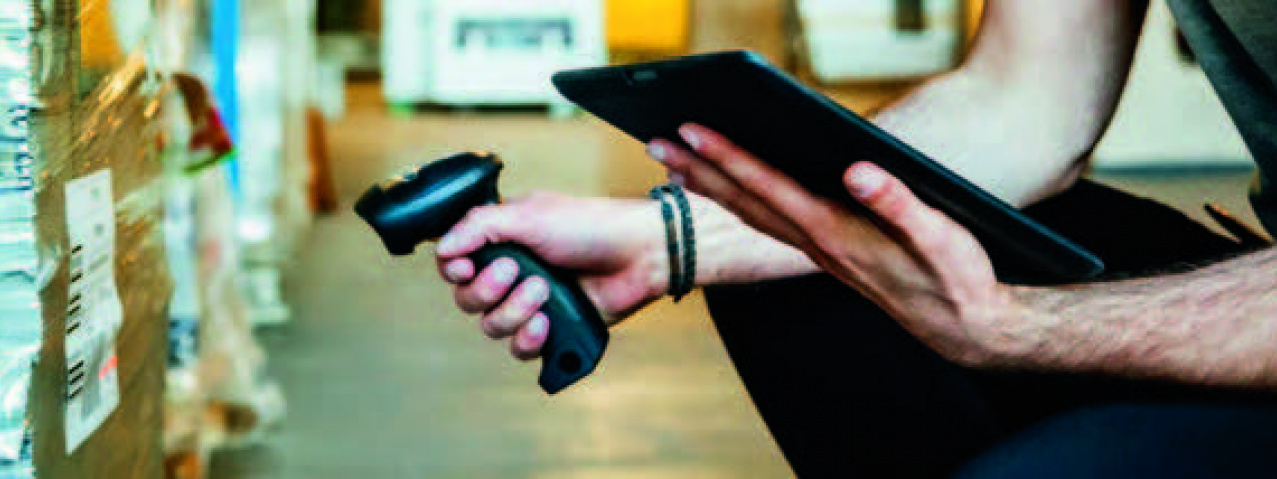
Technology constantly brings into question our attachment to a particular material or object. What may have once been commonplace, even indispensable, can suddenly disappear before a superior technology. Just as the abacus and telegram fell by the wayside, present day materials based on non-renewable resources will be overtaken by more advanced replacements. Substituting problematic materials with better alternatives has a definite environmental upside. So too for migrating materials from a physical to a non-physical form, which will help better preserve diminishing resources. All cause for optimism about the future state of materials in our lives.
While technical advances are driving change, designers need to be included at the coalface of development to optimise results of these changes underway. The stories in this issue progress from more conventional technological developments in the substance of material, to the frontier of materials as interfaces between people, products, and the surrounding environment. Divided into three areas, material, inter-material, and non material, the following stories highlight the role technology plays in reshaping our conceptions of material substance, and how the lines between what is material and what is not, is becoming increasingly blurred and interwoven.
The first story, MycoWorks, takes us to the frontier of organic fabric development, where the humble mushroom is creating a class of material that promises both luxury and utility in abundance. Next comes Spinnova, which introduces an eco-fabric made from waste resources that promises to eventually side-line many of the environmentally destructive practices used in making conventional garment materials. An interview with Dr. Claire Sand, sheds light on the fundamental changes underway in the packaging industry, and the potential for smart packaging to redefine how a product transitions throughout its lifecycle. Another interview, this time with fabric digitisation expert Jørgen Sevild, explores the future of digital fabrics and garments as the industry moves toward virtual design mediums. The final story, Ability Hand, focuses on advances in prosthetic development, and a new world of sensory perception it enables for those in need.
When looked on as a total, these stories emphasise that the boundaries between the material and non-material aspects of our lives will continue to be blurred. Something that makes the keen eye and intuitive sense of a designer evermore important as we strive to create the best possible union of form and function in pursuit of a better future for all.
Others
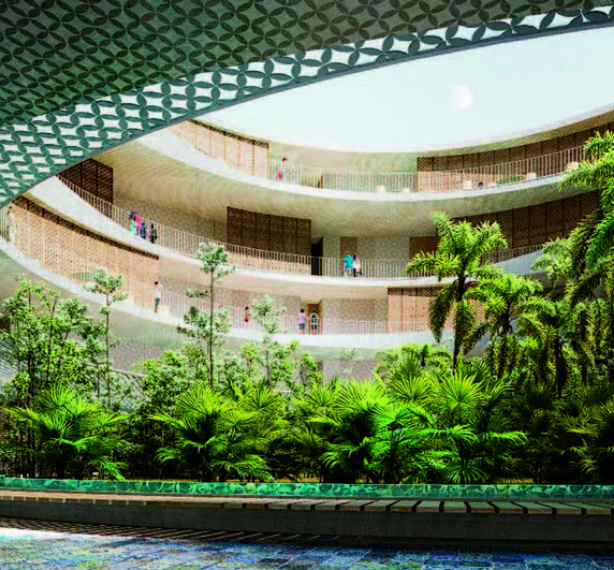
Latest News | 1 January 2023
Mario Cucinella on Green Architecture
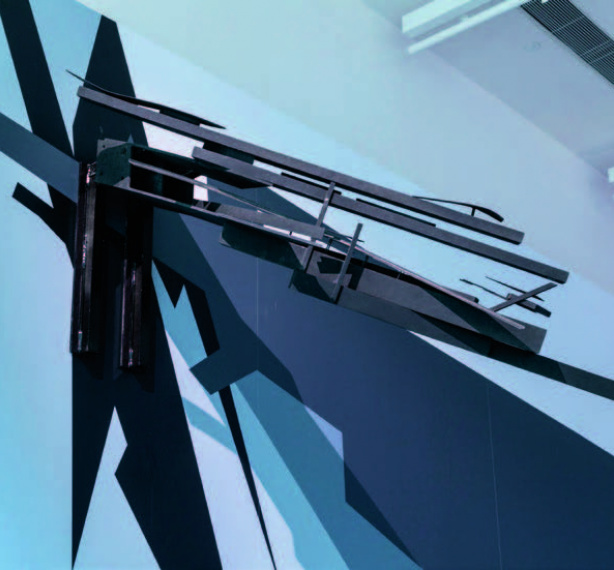
Latest News | 1 January 2023
The Future of Urbanism
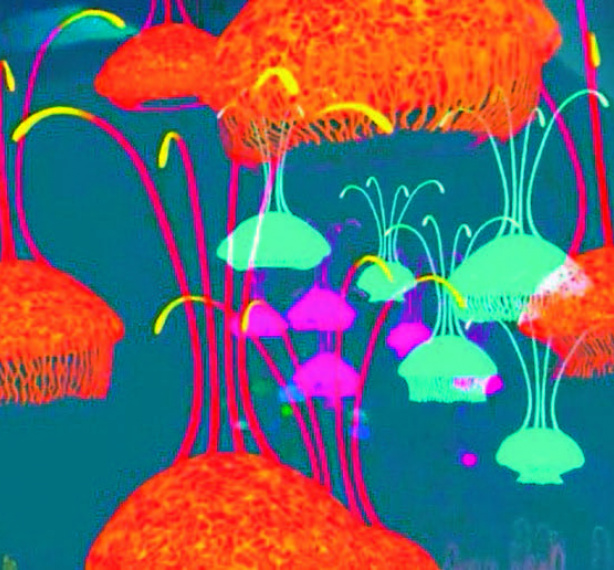
Latest News | 1 January 2023
VR for Pain Management
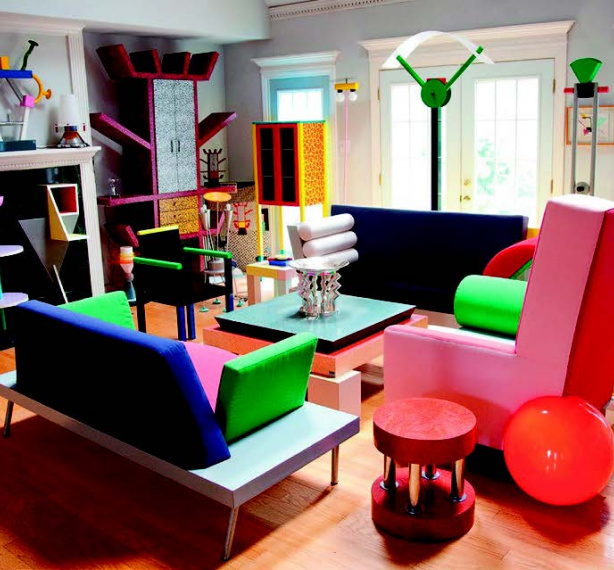
Latest News | 1 January 2023
Beyond Design

Latest News | 1 January 2023
A Feel for the Future of Bioengineering
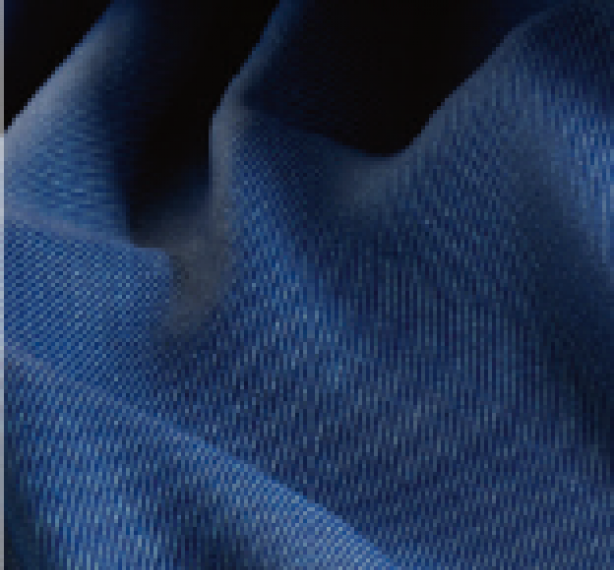
Latest News | 1 January 2023
Sampling the Future of Fashion

Latest News | 1 January 2023
A Step Beyond Wrapping Products
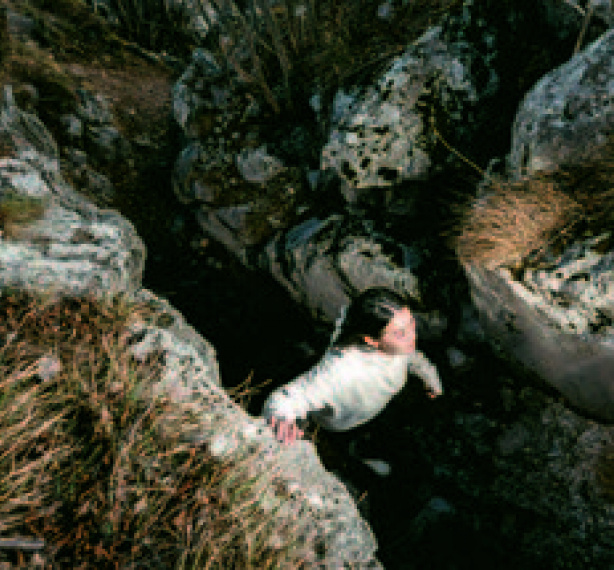
Latest News | 1 January 2023
Spider-Inspired Eco-Fabric

Latest News | 1 January 2023
Fungi Stakes a Claim in the Luxury Market

Latest News | 1 January 2023
Why Digital Materials are Critical to the Future of Fashion

Latest News | 1 January 2023
The True Metaverse will be Decentralized

Latest News | 1 January 2023
Game Changer Artificial Intelligence, from Automation to of Digital Systems
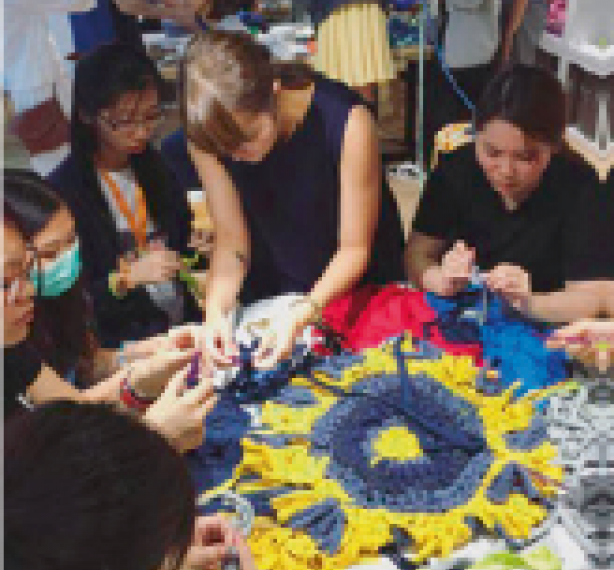
Latest News | 1 January 2023
Sustainability in Education

Latest News | 1 January 2023
The Tree Project Vision
Latest News | 1 January 2023
test
